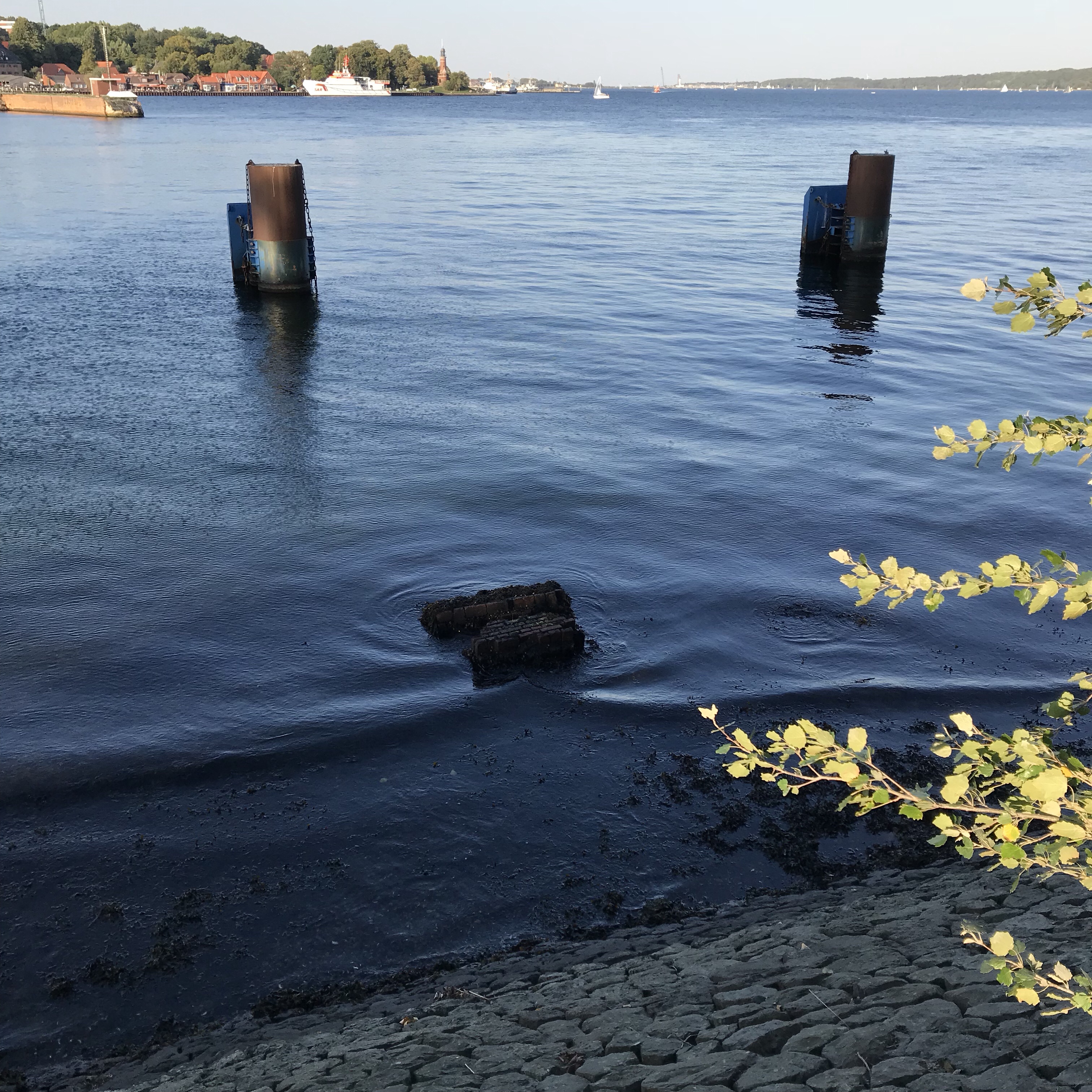

To understand diffraction, you can use the analogy of entering through a narrow gate, in which you must change your position, i.e. When the aperture is much larger than the wavelength, no diffraction occurs and when the aperture is smaller than wavelength, circular wavefronts are produced.
:max_bytes(150000):strip_icc()/water-waver-interference-56a92e8c5f9b58b7d0f8fa7c.jpg)
The condition to obtain diffraction is that the dimensions of aperture or of the obstacle must be comparable to wavelength. What is Diffraction?īy definition, diffraction is the process by which a wave is spread out as a result of passing through a narrow aperture or across an edge, typically accompanied by interference between the waveforms produced. Also, the information provided in this tutorial will form the base for the next section. Therefore, please read it before jumping to other tutorials as this tutorial sheds light to many questions which will arise during the study of waves.

What occurs to the shape of waves when they pass through a narrow gap? Do waves have the same shape as before?Īll these questions will get answer in this tutorial. What happens to water waves when they encounter a stone during their path? Do they turn back or they continue moving on their way? What happens to water when you put a finger under the tap? Does water turn back on the tap or it continues falling down? Is the direction of water the same as before putting the finger under the tap? Why?

Diffraction wave tv#
Previous page Next pageĮM waves Radio propagation Ionospheric propagation Ground wave Meteor scatter Tropospheric propagation Cubical quad Dipole Discone Ferrite rod Log periodic antenna Parabolic reflector antenna Phased array antennas Vertical antennas Yagi Antenna grounding TV antennas Coax cable Waveguide VSWR Antenna baluns MIMO This may give slightly better coverage to items like mobile phones or for Wi-Fi systems. The effect may also be important for very high frequency signals where items of furniture in the home may have a sufficiently sharp edge to enable diffraction to be seen. It is for this reason that signals on the long wave band are able to provide coverage even in hilly or mountainous terrain where signals at VHF and higher would not. It is also found that low frequency signals diffract more markedly than higher frequency ones. A more rounded hill will not produce such a marked effect. It is found that diffraction is more pronounced when the obstacle becomes sharper and more like a "knife edge".įor a radio signal the definition of a knife edge depends upon the frequency, and hence the wavelength of the signal.įor low frequency signals a mountain ridge may provide a sufficiently sharp edge. This states that each point on a spherical wave front can be considered as a source of a secondary wave front.Įven though there will be a shadow zone immediately behind the obstacle, the signal will diffract around the obstacle and start to fill the void. To understand how this happens it is necessary to look at Huygen's Principle. Radio wave diffractionĪs radio waves undergo diffraction it means that a signal from a transmitter may be received from a transmitter even though it may be "shaded" by a large object between them.
Diffraction wave free#
Radio propagation basics Radio signal path loss Free space propagation & path loss Link budget Radio wave reflection Radio wave refraction Radio wave diffraction Multipath propagation Multipath fading Rayleigh fading The atmosphere & radio propagationĮlectromagnetic waves can be diffracted when they meet a sharp obstacle.Īs radio waves are a form of electromagnetic wave, it means that they can also be diffracted. Radio Wave Diffraction Like other forms of electromagnetic wave, radio signals can be diffracted when they travel past sharp corners.


 0 kommentar(er)
0 kommentar(er)
